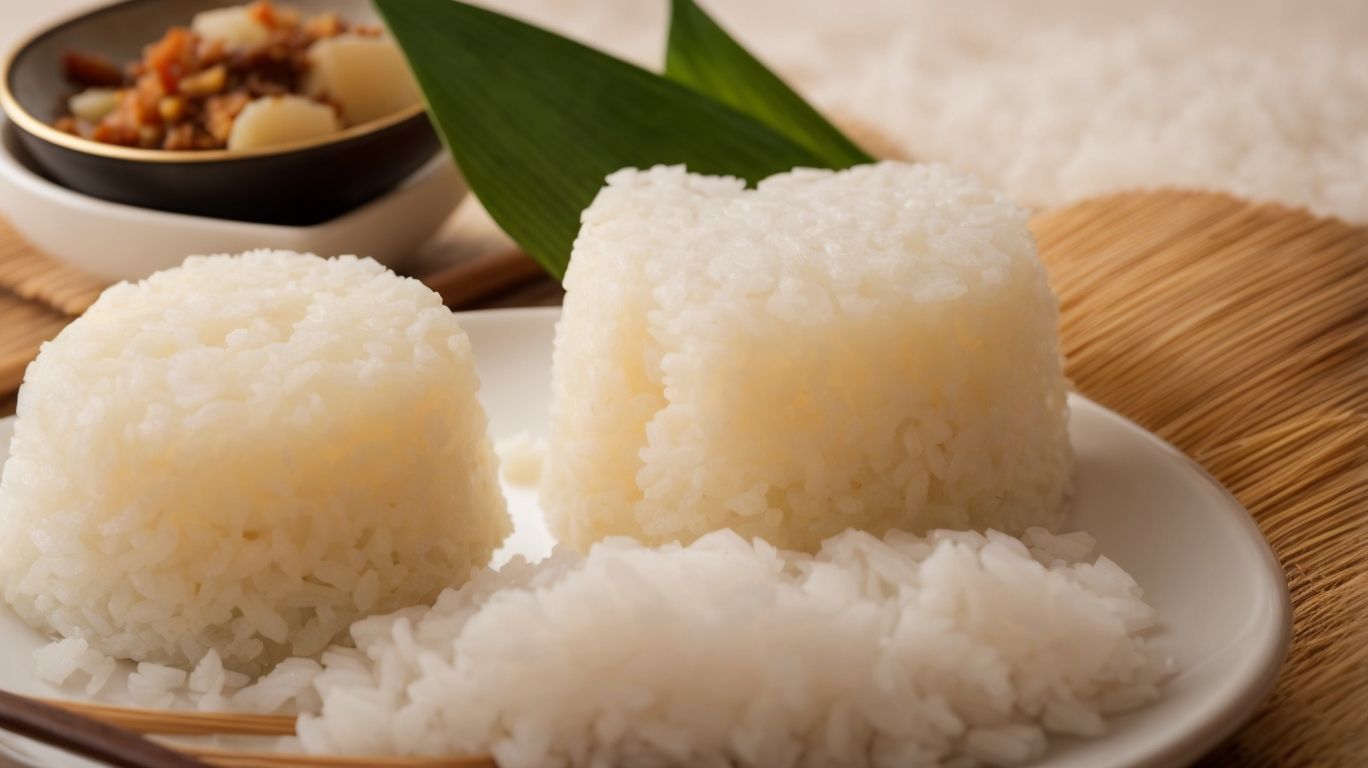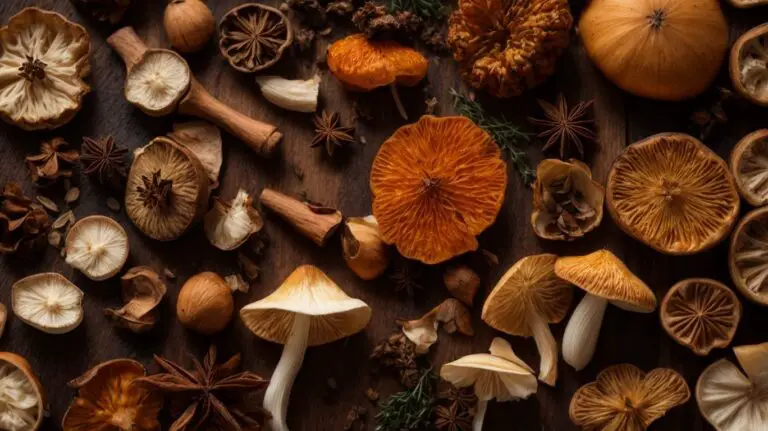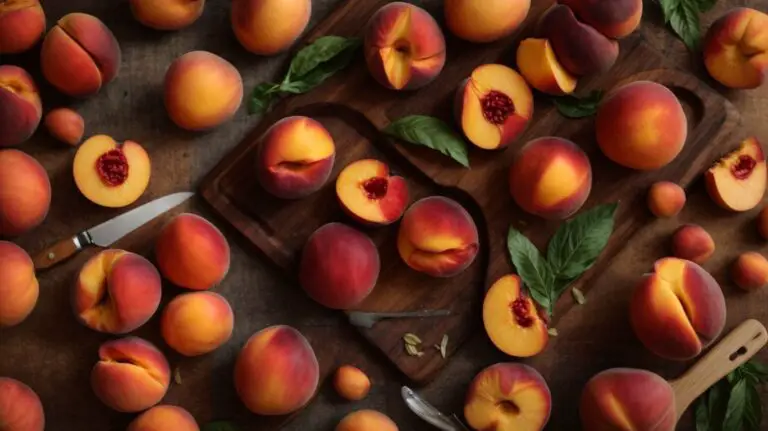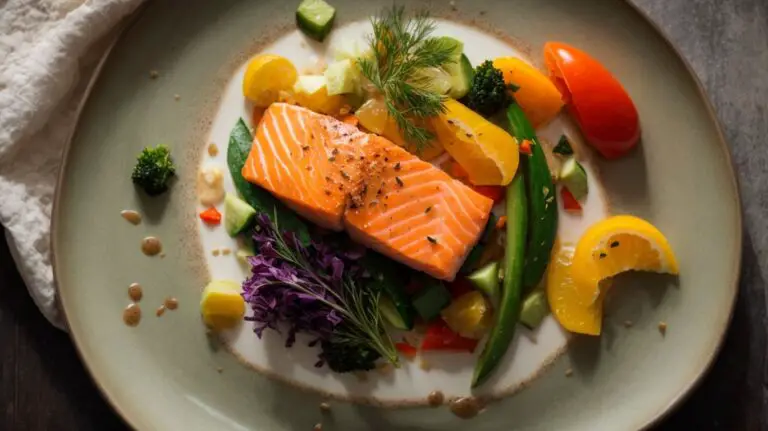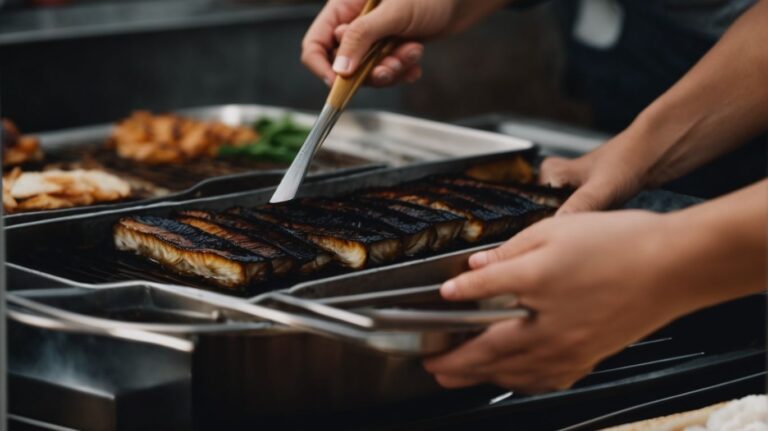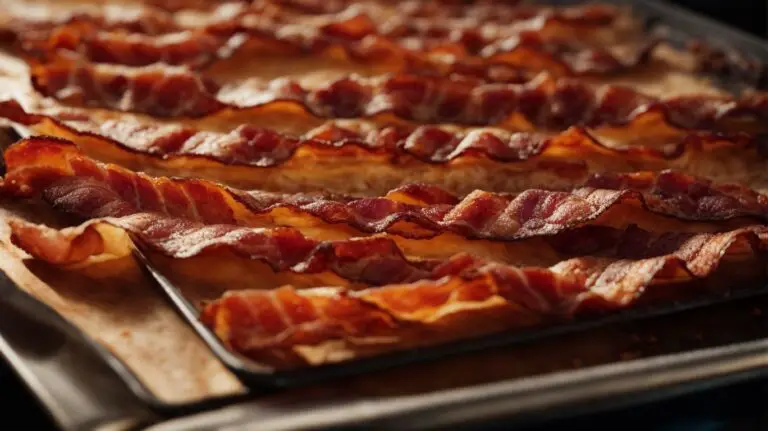How to Cook Kutsinta Without Lye Water?
Are you a fan of Filipino desserts but wary of using lye water in your cooking?
Discover how to make Kutsinta without lye water in this article.
We will explore what Kutsinta is, why lye water is traditionally used, and how to safely prepare this delicious treat without it.
From the ingredients you need to the step-by-step instructions, we’ve got you covered.
Stay tuned for tips, common mistakes to avoid, and even some mouthwatering variations to try. Let’s get cooking!
Key Takeaways:
What Is Kutsinta?
Kutsinta is a Filipino steamed cake that is popular as a snack or dessert, known for its sticky, soft, and chewy texture.
It is a traditional delicacy in the Philippines, often served during special occasions and celebrations. The distinct texture of Kutsinta comes from its main ingredients, which include rice flour and brown sugar, creating a unique combination of sweetness and subtle earthiness. The preparation involves mixing the ingredients to form a smooth batter, which is then poured into small molds before being steamed to perfection.
Commonly enjoyed with freshly grated coconut on top, Kutsinta offers a delightful contrast between its soft, jelly-like consistency and the slightly crunchy texture of the coconut flakes. Its rich flavor profile, enhanced by the caramel notes from the brown sugar, makes it a favorite among locals and visitors alike.
What Is Lye Water And Why Is It Used In Kutsinta?
Lye water, also known as potassium carbonate or sodium hydroxide solution, is used in Kutsinta to achieve its distinctive texture and appearance.
Kutsinta, a sweet Filipino delicacy made from rice flour, sugar, and lye water, is known for its chewy yet soft consistency. When lye water is added to the mixture, it reacts with the ingredients, resulting in a unique chemical process that gives Kutsinta its signature brown color and slightly gelatinous feel.
In traditional Filipino cuisine, lye water has been a key ingredient used not only in Kutsinta but also in various other dishes like Pancit Malabon and Pancit Palabok. Its alkaline properties help in fermentation, improving the texture of the food and imparting a distinct flavor profile.
Why Would Someone Want To Cook Kutsinta Without Lye Water?
Some individuals may prefer to cook Kutsinta without lye water due to health concerns or the unavailability of the ingredient in their local area.
For those following a low-sodium diet, using lye-free recipes provides a healthier alternative without compromising on taste. Individuals with sensitive stomachs or dietary restrictions may find lye water unsuitable. Accessibility to specialty ingredients like lye water can pose a challenge in certain regions, prompting cooks to seek out alternative recipes.
Thankfully, there are effective ways to achieve the characteristic texture and flavor of traditional Kutsinta sans lye water. Substituting with ingredients like baking soda or vinegar can help mimic the necessary alkaline environment for the dish. Experimenting with different recipes can lead to delightful variations that cater to various dietary needs and ingredient limitations.
Is It Safe To Cook Kutsinta Without Lye Water?
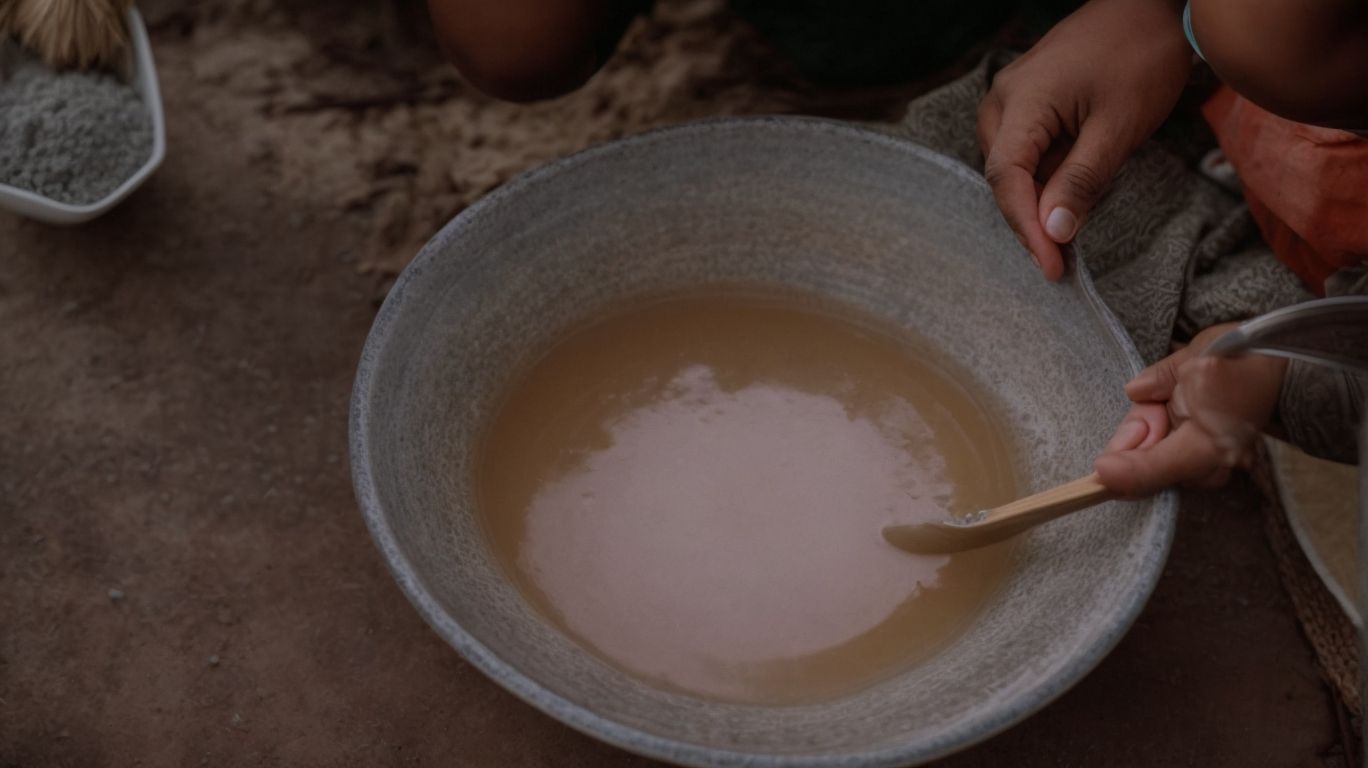
Credits: Poormet.Com – Richard Miller
Yes, it is safe to cook Kutsinta without lye water as there are alternative recipes that do not require this ingredient.
Many traditional recipes for Kutsinta utilize lye water to achieve the desired texture and consistency. For those concerned about the safety aspects of using lye water in their cooking, there are lye-free variations available that can provide equally delicious results. By substituting ingredients like baking powder, baking soda, or other natural additives, you can still enjoy the unique flavor and chewy texture of Kutsinta without compromising on safety.
How To Make Kutsinta Without Lye Water?
To make Kutsinta without lye water, you can use a combination of tapioca starch, glutinous rice flour, brown sugar, and annatto for color.
Start by mixing the tapioca starch, glutinous rice flour, and brown sugar in a large bowl. This blend of ingredients will give your Kutsinta a chewy yet soft texture while providing a hint of sweetness. Annatto is traditionally used in Filipino cuisine to give a vibrant orange hue to the dish, adding both visual appeal and a subtle earthy flavor.
Next, gradually add water to the dry mixture while stirring continuously. The consistency should be smooth and free of lumps, ensuring an even distribution of flavors and colors throughout the Kutsinta.
What Ingredients Do You Need?
The key ingredients for making Kutsinta without lye water include tapioca starch, glutinous rice flour, brown sugar, and annatto for color and flavor.
Each ingredient plays a crucial role in the recipe. Tapioca starch gives Kutsinta its signature chewy texture, while glutinous rice flour adds a sticky consistency. Brown sugar provides sweetness and richness, enhancing the overall taste.
The use of annatto not only imparts a vibrant hue to the Kutsinta but also adds a subtle earthy flavor. The proportions of these ingredients can vary depending on personal preference, with some opting for a more intense sweetness by increasing the brown sugar, or a richer color by adjusting the annatto levels.
What Are The Steps To Make Kutsinta Without Lye Water?
The process of making Kutsinta without lye water involves mixing the dry and wet ingredients, steaming the mixture in molds, and ensuring proper heat for a flavorful outcome.
When preparing lye-free Kutsinta, start by combining rice flour, all-purpose flour, white sugar, and water in a mixing bowl. Stir the mixture well until it forms a smooth consistency without lumps.
- Grease the Kutsinta molds with oil to prevent sticking.
- Fill the molds with the mixture, leaving some space for expansion during steaming.
- Place the molds in a steamer and steam for about 30-45 minutes until the Kutsinta sets.
For a tastier version, you can add coconut milk to the mixture for a creamy texture and enhanced flavor. Experiment with different toppings such as grated coconut or fried sesame seeds to elevate the overall taste profile of your homemade Kutsinta.
What Is The Texture And Taste Of Kutsinta Without Lye Water?
Kutsinta without lye water retains a gelatinous and chewy texture, with a smooth surface and a sweet flavor profile.
When you take a bite of a lye-free Kutsinta, you’ll notice a satisfying bounce and elasticity, making it a unique dessert delicacy.
The absence of lye water in its preparation results in a milder taste compared to traditional Kutsinta, allowing the sweetness to shine through without overpowering the palate.
The overall eating experience is enhanced by the delicate balance of sweetness and the subtle hints of coconut flavor that complement the soft yet slightly firm texture of this Filipino snack.
What Are Some Tips For Making Kutsinta Without Lye Water?
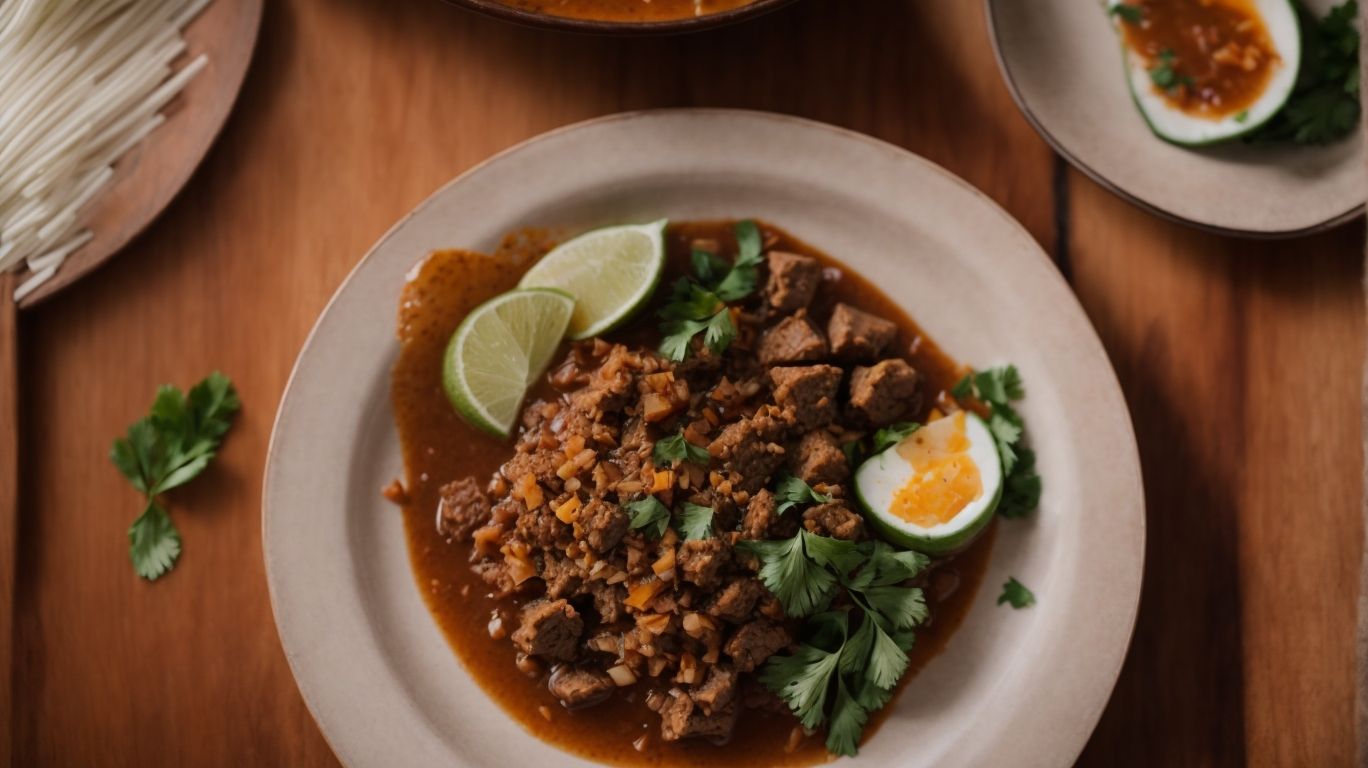
Credits: Poormet.Com – Benjamin Scott
To enhance your lye-free Kutsinta preparation, consider using proper steaming techniques, exploring ingredient substitutions, and adjusting cooking times for desired results.
When steaming Kutsinta, make sure to cover the steamer properly to trap the steam and prevent water from dripping onto the mixture. Consistency in steam is crucial for even cooking. Opt for banana leaves or cheesecloth to line the molds before pouring the batter for an authentic touch.
- For those allergic to coconut milk, you can substitute it with almond or soy milk for a different flavor profile.
- If your Kutsinta turns out too dense, try adding a bit more liquid to the batter and steaming for a little longer.
What Are Some Common Mistakes When Making Kutsinta Without Lye Water?
Common mistakes when preparing lye-free Kutsinta may include incorrect ingredient ratios, overcooking during steaming, or using unsuitable molds.
One crucial aspect to get right when making lye-free Kutsinta is the consistency of the batter. Mixing the ingredients in precise proportions ensures the right texture and taste.
Monitoring the steaming process is key to avoid overcooking, leading to dry and rubbery Kutsinta. Choosing the appropriate molds plays a significant role as well – using molds that are too small can result in uneven cooking, while molds that are too large may cause the Kutsinta to spread too thin.
Ensuring attention to these details can lead to a successful and delicious batch of lye-free Kutsinta.
What Are Some Variations Of Kutsinta Without Lye Water?
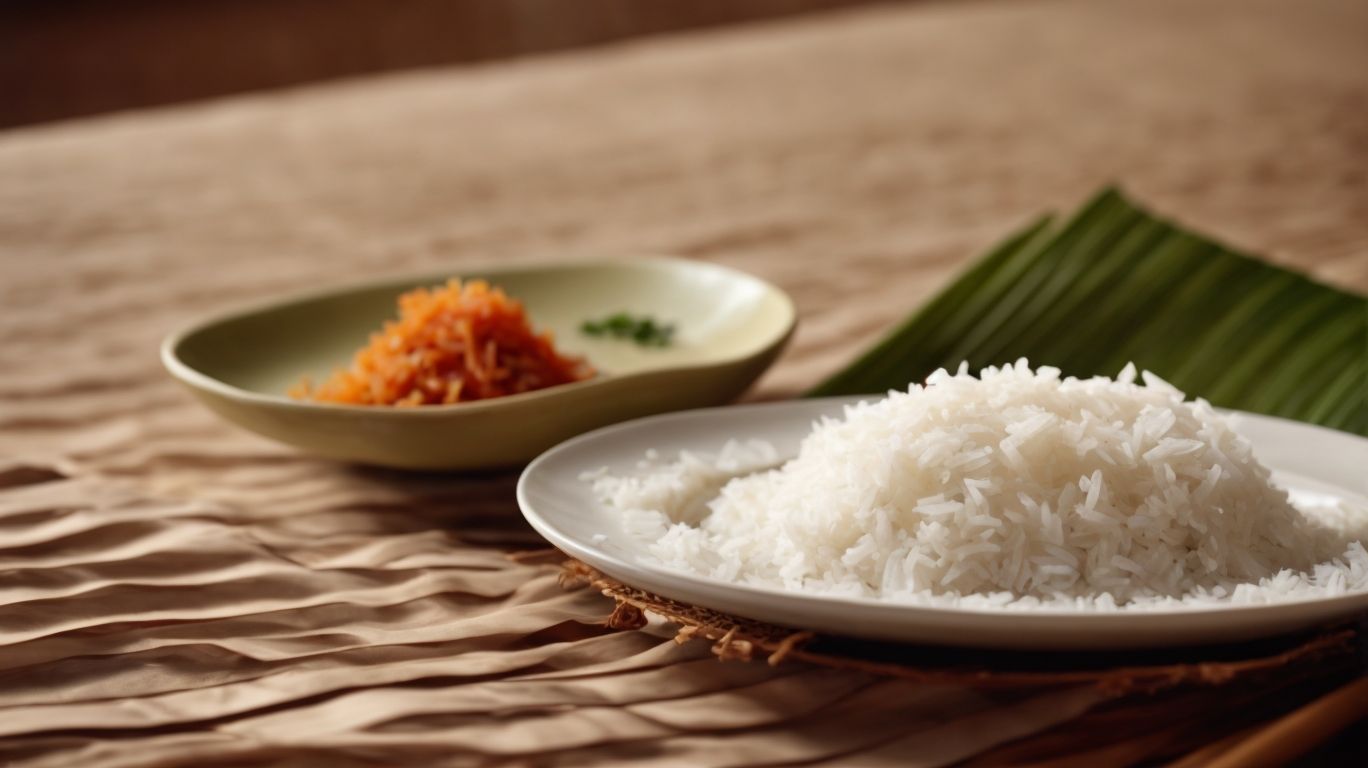
Credits: Poormet.Com – Noah Walker
Variations of lye-free Kutsinta may include using rice flour instead of glutinous rice flour, incorporating coconut milk for creaminess, or substituting brown sugar for a caramelized taste.
For those seeking a healthier twist, whole wheat flour can be a great substitute for rice flour, adding a nutty flavor and extra fiber to the Kutsinta. To infuse a fragrant touch, some recipes opt for pandan extract or even grated fresh ginger in the mixture, elevating the dish’s aroma. For a burst of color and a fruity hint, consider adding diced ripe mango or jackfruit as a topping. Experimenting with various molds, such as flower-shaped molds or mini cupcake tins, can also result in visually appealing Kutsinta presentations.
Using Rice Flour Instead Of All-Purpose Flour
One variation of lye-free Kutsinta involves substituting rice flour for glutinous rice flour, offering a different texture and taste profile.
The use of rice flour in Kutsinta results in a lighter and slightly more delicate texture compared to the chewier consistency of traditional glutinous rice flour. This swap also introduces a subtle nuttiness to the flavor profile, accentuating the natural sweetness of the dessert. To prepare lye-free Kutsinta with rice flour, you’ll need to adjust the cooking technique slightly to ensure the right balance of tenderness and firmness. This might involve tweaking the steaming time or temperature to achieve the desired results.
Adding Coconut Milk For A Creamier Texture
By incorporating coconut milk into lye-free Kutsinta recipes, you can achieve a creamier texture and a hint of tropical flavor.
Coconut milk brings a velvety richness to the dish, elevating its overall taste profile with a subtle sweetness that complements the traditional ingredients. The natural fats in coconut milk help in achieving a moist and tender consistency, making each bite a delightful experience. Not only does it enhance the texture, but it also imparts a unique essence that transports your palate to sun-kissed tropical paradises. The incorporation of coconut milk truly transforms Kutsinta into a luxurious indulgence that pairs well with a variety of toppings and accompaniments.
Using Brown Sugar For A More Caramelized Flavor
Substituting brown sugar in lye-free Kutsinta recipes can impart a rich caramelized flavor and a deeper sweetness to the dish.
Brown sugar adds a subtle molasses undertone to the Kutsinta, enhancing its complexity and depth of flavor. The natural moisture content of brown sugar also contributes to a moist and tender texture, elevating the overall mouthfeel of the treat.
The use of brown sugar creates a beautiful golden hue in the Kutsinta, giving it an appealing appearance that is both inviting and appetizing. The aroma of Kutsinta made with brown sugar fills the kitchen with warm, comforting notes, enhancing the overall sensory experience of enjoying this traditional Filipino delicacy.
Can You Store And Reheat Kutsinta Without Lye Water?
Yes, lye-free Kutsinta can be stored in an airtight container in the refrigerator and reheated by steaming or microwaving to enjoy later.
When storing lye-free Kutsinta, ensure it is cooled to room temperature before placing it in the airtight container. This helps prevent condensation, which can make the Kutsinta soggy. Be sure to consume within 3-4 days for the best taste and texture.
When reheating, steaming is the preferred method as it helps retain moisture and prevents drying out. If using a microwave, lightly dampen a paper towel and cover the Kutsinta to maintain its softness. To serve, sprinkle with freshly grated coconut or drizzle with a sweet latik sauce for an authentic Filipino taste.
What Are Some Dishes That Pair Well With Kutsinta Without Lye Water?
Lye-free Kutsinta complements well with dishes such as Leche Flan, Puto, or Ginataang Bilo-Bilo, making it a versatile dessert for parties, potlucks, or casual snacks.
For a delightful fusion of flavors, pairing Kutsinta with Leche Flan creates a contrast between the airy sweetness of Leche Flan and the chewy texture of Kutsinta.
- Another popular combination is serving Kutsinta with Puto, balancing the rice flavors of Kutsinta with the softer, steamed Puto.
- For those craving a creamy texture, try enjoying Kutsinta alongside Ginataang Bilo-Bilo, the coconut milk in the Bilo-Bilo adding a rich element to the dish.
These pairings not only showcase the diversity of Filipino desserts but also offer a satisfying feast for the taste buds.
What Are Some Other Filipino Desserts Similar To Kutsinta?
Filipino desserts like Bibingka Malagkit, Maja Blanca, or Special Palitaw share similarities with Kutsinta in terms of texture, sweetness, and flavor profiles.
While Kutsinta boasts its distinctive jelly-like consistency achieved through rice flour and without the use of lye, Bibingka Malagkit showcases a sticky rice cake topped with coconut milk and grated coconut. Maja Blanca, a creamy coconut pudding adorned with latik, diverges with its smoother finish. Special Palitaw, rice cakes coated in sugar and coconut, offer a chewier texture compared to the softness of Kutsinta. Each dessert harmonizes varying textures, traditional flavors, and regional influences.
Frequently Asked Questions
Can I still make Kutsinta without using lye water?
Yes, you can still make Kutsinta without using lye water. There are alternative ingredients that you can use to achieve the same texture and taste.
What are the alternative ingredients for lye water when cooking Kutsinta?
Some alternative ingredients for lye water when cooking Kutsinta are baking powder, baking soda, and vinegar. You can also use a combination of these ingredients to get the desired texture.
How can I substitute lye water with baking powder?
To substitute lye water with baking powder, mix 1 teaspoon of baking powder with 1 cup of water. This mixture can replace 1 cup of lye water in your Kutsinta recipe.
Will using alternative ingredients affect the taste of the Kutsinta?
No, using alternative ingredients will not significantly affect the taste of the Kutsinta. However, it may alter the texture and color slightly.
What is the ratio of baking soda and vinegar to substitute for lye water?
The ratio of baking soda and vinegar to substitute for lye water is 1:1. This means that for every teaspoon of baking soda, you should use 1 teaspoon of vinegar.
Are there any other substitutes for lye water when cooking Kutsinta?
Yes, aside from baking powder and vinegar, you can also use lemon juice or lime juice as a substitute for lye water when cooking Kutsinta. Just remember to use the same ratio of 1:1.

